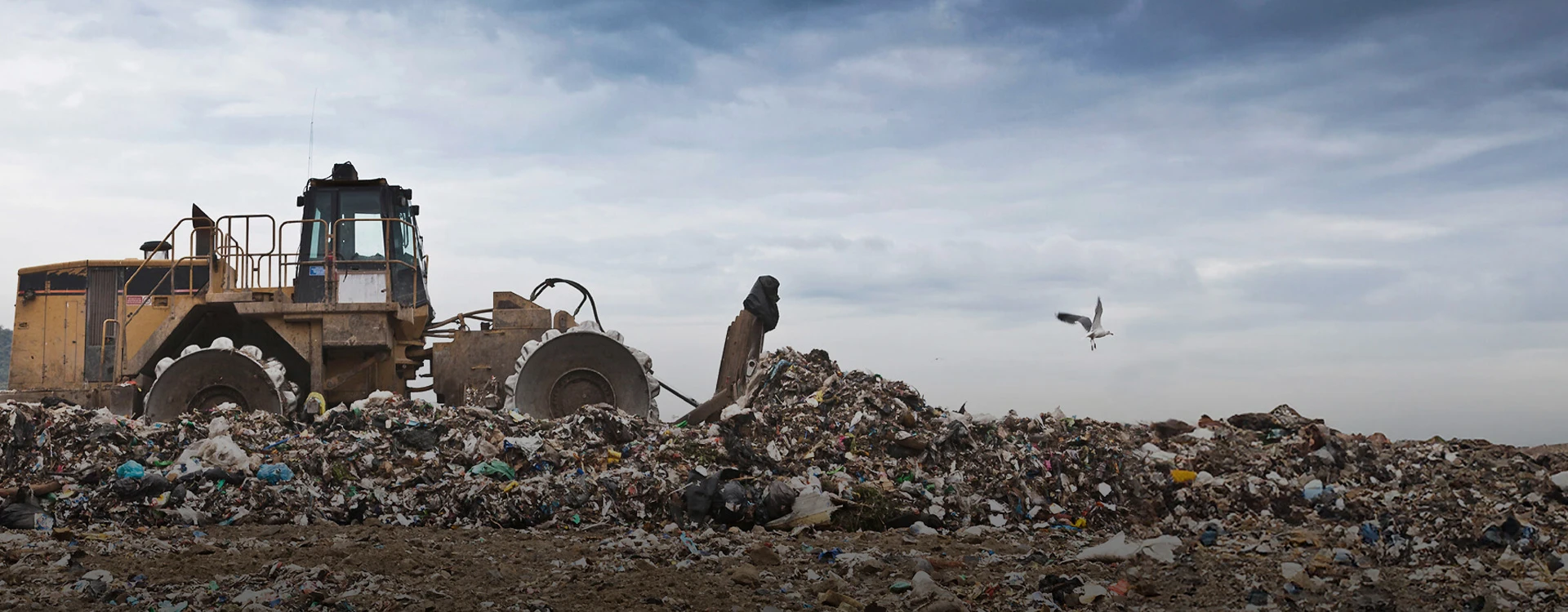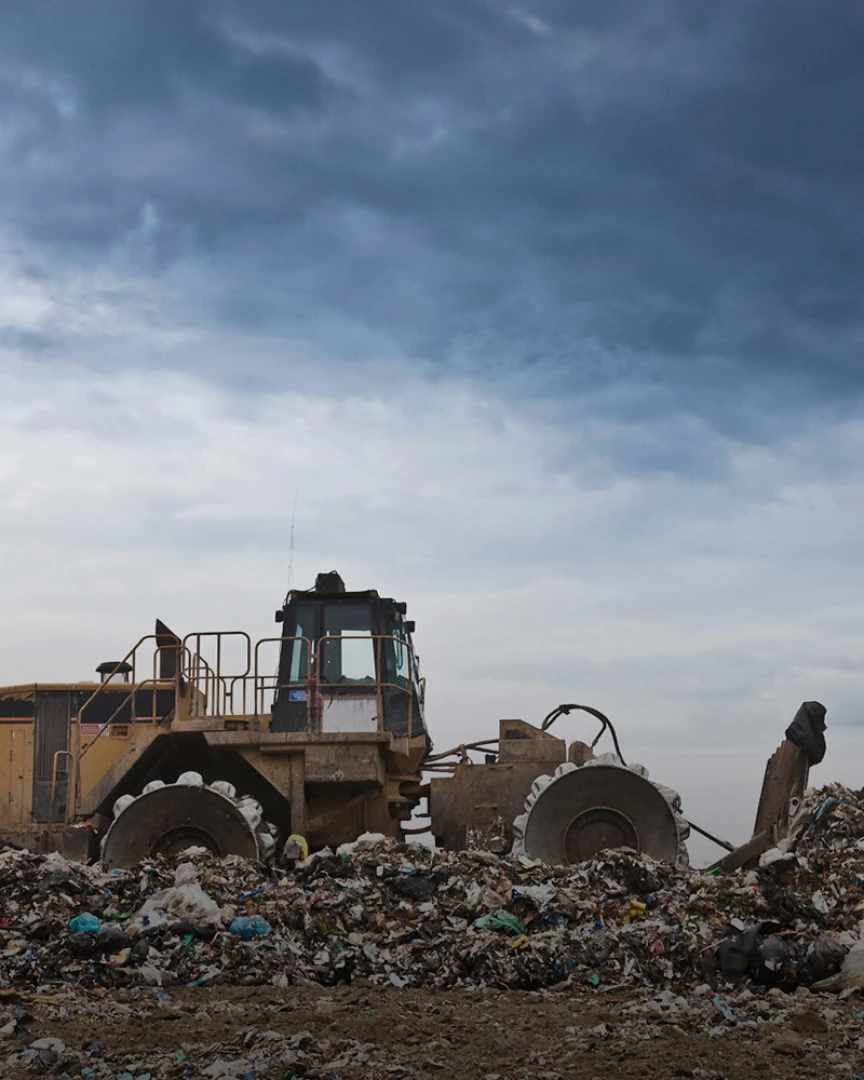Food waste is a significant global problem, accounting for 8-10% of global greenhouse gases (UN data). If food waste were a country, it would be the third largest emitter of greenhouse gases, behind the USA and China (Resource: Action on food waste). Within the UK, significant progress has been made but food waste from all sectors is still around 10.7 million tonnes (Mt). For households and businesses, 70% was intended to be consumed by people (30% being the ‘inedible’ parts).
The food that could have been eaten (6.4 Mt) would make the equivalent of over 15 billion meals – enough to feed the entire UK population 3 meals a day for 11 weeks. (Resource: Action on food waste)




